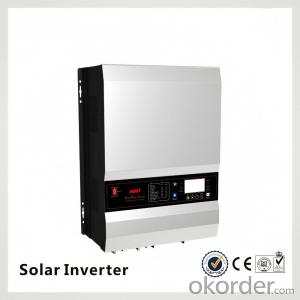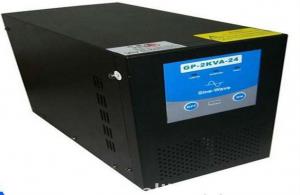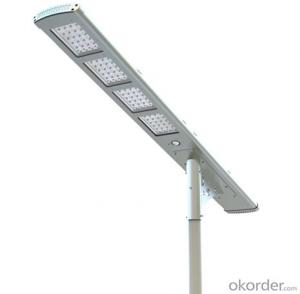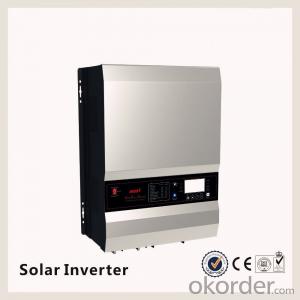Solar Power Inverter 4000 Watt
Solar Power Inverter 4000 Watt Related Searches
Solar Power Inverter For Rv Solar Power Kit With Inverter Inverter In Solar Power Plant Best Solar Power Inverter Home Solar Power Inverter Best Off-Grid Solar Inverter Best Off Grid Solar Inverter On Grid Solar Power Inverter Off Grid Solar System Inverter Best Hybrid Solar Inverter UkHot Searches
China Hybrid Solar Inverter Power One Solar Inverter Price 200 Watt Solar Inverter Price Solar Inverter Price Per Watt 500 Watt Solar Inverter Price Solar Inverter 500 Watt Price 1000 Watt Solar Inverter Price Solar Inverter 1000 Watt Price 800 Watt Solar Inverter Price Solar Inverter Off Grid Price Off Grid Solar Inverter Price 5000 Watt Solar Inverter Price 1600 Watt Solar Inverter Price Solar Inverter Hybrid Price Hybrid Solar Inverter Price Solar Power Inverter Types Solar Power Inverter Suppliers Solar Inverter Emergency Power Solar Power Inverter Companies Solar Inverter For SaleSolar Power Inverter 4000 Watt Supplier & Manufacturer from China
Okorder.com is a professional Solar Power Inverter 4000 Watt supplier & manufacturer, offers integrated one-stop services including real-time quoting and online cargo tracking. We are funded by CNBM Group, a Fortune 500 enterprise and the largest Solar Power Inverter 4000 Watt firm in China.Hot Products
FAQ
- A solar inverter handles anti-islanding protection by constantly monitoring the grid's voltage and frequency. If a disruption or loss of grid power is detected, the inverter immediately shuts down to prevent the solar energy from being fed back into the grid and potentially causing harm to utility workers or damaging the grid infrastructure. This safety mechanism ensures that the solar system is isolated from the grid during a power outage, allowing for a safe and efficient operation.
- A solar inverter communicates with other system components through various methods such as wired connections or wireless technologies like Wi-Fi or Bluetooth. It exchanges information with components like solar panels, batteries, and control systems to monitor and regulate the flow of electricity, optimize energy production, and ensure safe and efficient operation of the solar power system.
- A solar inverter protects against overvoltage or overcurrent by continuously monitoring the electrical output from the solar panels. If the voltage or current exceeds the safe operating limits, the inverter automatically adjusts the output or shuts down to prevent damage to the system. It achieves this through built-in protective mechanisms such as surge protectors, voltage regulators, and circuit breakers.
- A solar inverter ensures safety during maintenance by having various safety features and protocols in place. These may include automatic shutdown mechanisms that disconnect the inverter from the grid and solar panels, preventing any electrical current flow. In addition, many inverters have built-in monitoring systems that provide real-time information on voltage, current, and temperature, alerting maintenance personnel of any potential hazards. Proper labeling and clear instructions are also provided to ensure safe handling and maintenance procedures.
- The potential risks of over-discharging a battery connected to a solar inverter include reduced battery lifespan, damage to the battery cells, decreased battery capacity and performance, and potential safety hazards such as overheating or even battery failure.
- To choose the right size of solar inverter for a solar power system, you need to consider the total capacity of your solar panels and the maximum power output they can generate. The solar inverter's capacity should be equal to or slightly higher than the maximum power output of your solar panels to ensure optimal performance and efficiency. Additionally, you should also consider any future expansion plans for your solar power system to account for potential increases in capacity. It is recommended to consult with a professional solar installer or engineer to accurately determine the appropriate size of the solar inverter for your specific requirements.
- The role of voltage regulation in a solar inverter is to ensure that the voltage output from the solar panels is converted and maintained at a stable and appropriate level for efficient and safe operation of electrical devices or for grid connection. This regulation helps to optimize the performance of the solar inverter and prevents voltage fluctuations that could potentially damage or disrupt the functioning of connected equipment.
- Various communication protocols and interfaces facilitate the interaction between a solar inverter and other devices in a solar power system. One commonly used method involves wired connections, where communication interfaces like RS485 or Ethernet establish a direct link between the inverter and devices like solar panels, batteries, and monitoring systems. In addition to wired connections, wireless communication methods are also employed. Technologies such as Wi-Fi, Zigbee, or Bluetooth allow the inverter to establish connections with nearby devices. This wireless communication primarily serves monitoring and control functions, granting users remote access to manage their solar power system. Effective communication between the solar inverter and other devices is pivotal for optimal performance and efficiency of the solar power system. Vital data, including voltage, current, and temperature, is transmitted from the solar panels to the inverter. This information is critical for achieving optimal power conversion, as the inverter adjusts its operations based on these readings to maximize power output and ensure system safety. Moreover, communication with devices like batteries enables the solar inverter to efficiently manage charging and discharging cycles, optimizing energy storage and utilization. This ensures that surplus energy generated by the solar panels is effectively stored in the batteries and utilized during periods of low sunlight. In conclusion, the communication capabilities of a solar inverter are essential for integrating and coordinating various components within a solar power system. They enable efficient power conversion, monitoring, and control, ultimately maximizing the performance and advantages of solar energy generation.












































